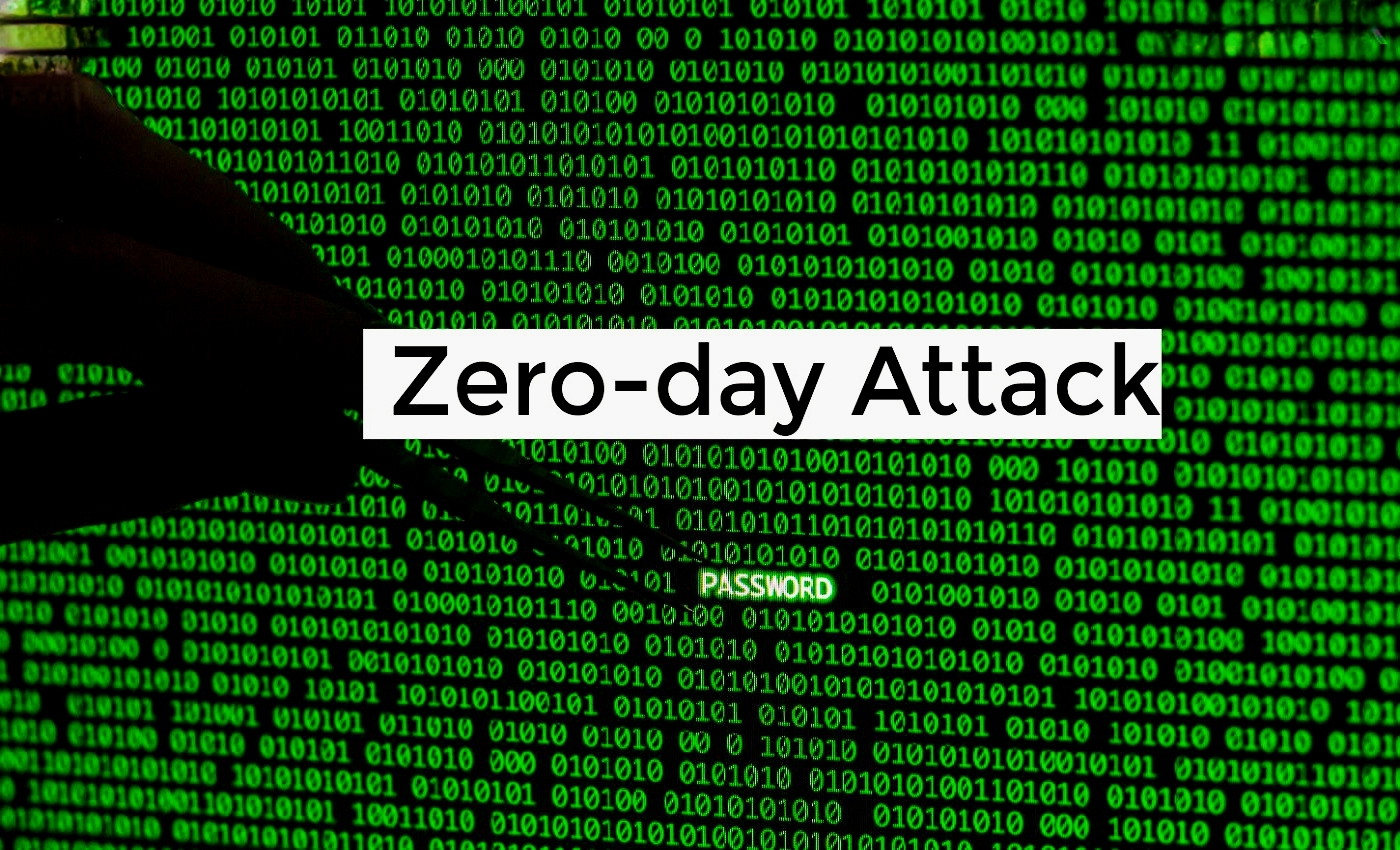Understanding Zero-Day Attacks: How to Protect Yourself from Cyber Threats

With rapid technological advancements, cyberattacks are evolving at an unprecedented rate, particularly the so-called zero-day attacks. These attacks are often described as digital time bombs, capable of infiltrating major institutions and systems worldwide without prior notice.
What makes them so dangerous? And how can they be countered?
* Definition and Dangers of Zero-Day Attacks
Dr. Mohamed Mohsen Ramadan, head of the Artificial Intelligence and Cybersecurity Department at the Arab Center for Research and Studies, explains:
"A zero-day attack exploits a security vulnerability that is unknown or unpublished to the developers of the systems or software. Therefore, there is no update or patch available at the time of the attack.
It is termed 'zero-day' because the time between the discovery of the vulnerability and its exploitation is zero, leaving no opportunity for defense or response.
Once the attack reaches the system, the institution is entirely defenseless before it can even react."
Dr. Ramadan emphasizes that the danger of these attacks lies in their ability to target systems before vulnerabilities are identified. They are often among the most sophisticated forms of cybercrime, frequently backed by organized or intelligence-related actors.
These attacks can remain undetected for extended periods, allowing attackers to gather sensitive data, conduct espionage, or install malware.
Historically, states have utilized zero-day attacks in cyber warfare, such as the Stuxnet attack in 2010, which targeted Iran's nuclear program by exploiting vulnerabilities in Windows.
* Types of Zero-Day Attacks
Dr. Ramadan notes that zero-day attacks can take various forms, including:
_ Exploiting vulnerabilities in applications and programs such as operating systems, web browsers, and email applications.
_ Social engineering attacks to install hidden vulnerabilities or deceive users into opening harmful files and links.
_ Advanced attacks on networks and infrastructures, targeting industrial control systems (ICS), data centers, and servers of large corporations.
_ Exploiting vulnerabilities in smart devices and the Internet of Things (IoT), such as cameras, routers, and smartwatches.
* Risks for Individuals and Organizations
General Abu Bakr Abdel Karim, former chief assistant to the Egyptian Minister of Interior for Media and Relations, stresses that zero-day attacks represent not only a technical risk but have also become a weapon in modern warfare and a threat to national security.
He adds: "It has become essential for both state and private institutions to invest in cybersecurity and analytical artificial intelligence to identify vulnerabilities before they arise. Prevention is no longer an option; it is a digital necessity for survival."
The risks associated with these attacks include:
• Infiltration of sensitive systems and data theft.
• Installation of spyware and monitoring of user activities.
• Remote control of devices and execution of commands without the victim's knowledge.
• Disruption of services or destruction of digital infrastructure.
• Significant financial losses and damage to the reputation of institutions.
General Abdel Karim points out that the cost of exploiting a zero-day vulnerability on the black market can exceed one million dollars for a single vulnerability, due to its high value in the cybercrime world.
* How to Protect Against Zero-Day Attacks
While it is challenging to defend against these attacks completely, the risks can be mitigated through the following measures:
1 _ Regularly updating systems and applications, as most updates often include patches for newly discovered vulnerabilities.
2 _ Utilizing behavioral detection solutions, such as EDR and XDR, to monitor system behavior and detect attacks, even if they are not yet known.
3 _ Conducting regular penetration tests to identify vulnerabilities before they can be exploited.
4 _ Implementing cybersecurity policies within institutions and training employees in security awareness and countering social engineering attacks.
5 _ Using encrypted backup systems for data recovery in the event of an attack.
Zero-day attacks remain a significant threat to both institutions and individuals, making investment in cybersecurity and intelligent analytics a strategic necessity for safeguarding against the dangers of the digital age.
